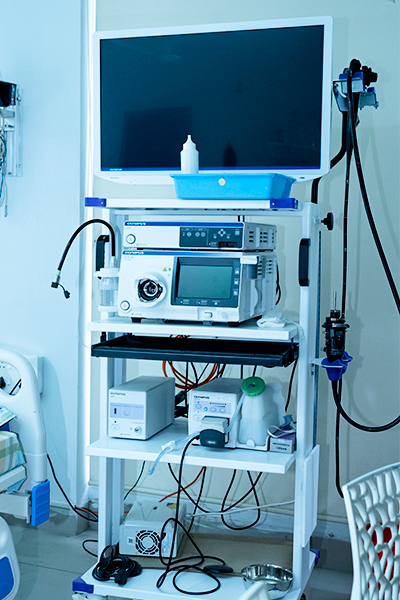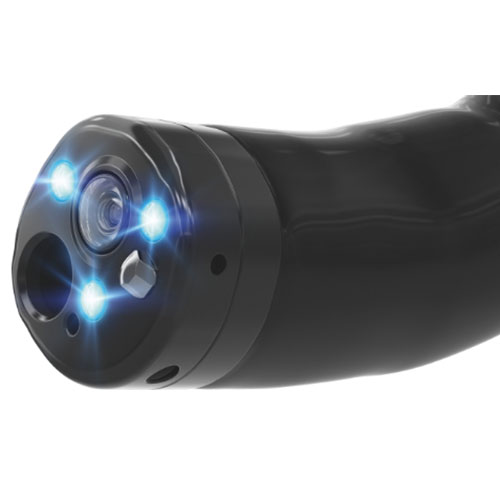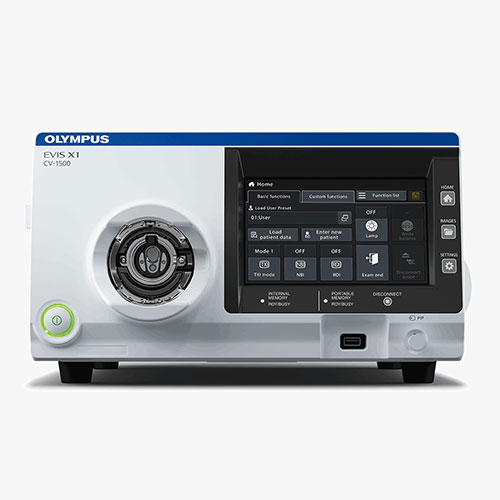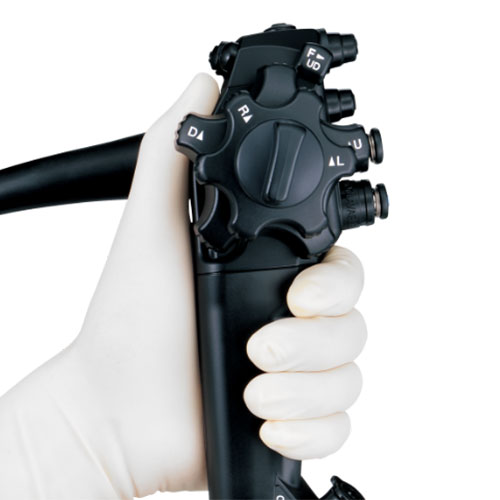AI Endoscopy

Artificial Intelligence powered Endoscopy system that helps enhance the diagnostic and therapeutic capacity of endoscopic procedures.
Endoscopy plays a pivotal role in gastroenterology, offering minimally invasive visualization and diagnosis of gastrointestinal disorders. Its applications include detecting and biopsying suspicious lesions, diagnosing peptic ulcers, and identifying sources of gastrointestinal bleeding. Endoscopy is essential for screening and surveillance of gastrointestinal cancers, such as Barrett’s esophagus and colorectal carcinoma. It also facilitates therapeutic interventions like polyp removal, dilation of strictures, and hemostasis. But when all this is engulfed with the technical excellence of artificial intelligence, things just get better and enable much more precision in diagnosis and treatment.
How AI enhances endoscopy?
- Enhanced Diagnostic Accuracy: AI can identify subtle mucosal
changes and lesions that might be overlooked by the human eye, leading to earlier
and more precise diagnoses of conditions like Barrett’s esophagus, polyps, and
early-stage cancers.
Early cancer detection is one of the most powerful aspect of AI Endoscopy.

- Real-Time Lesion Detection: AI-powered systems provide immediate feedback during procedures, enabling endoscopists to detect abnormalities instantly, which can significantly improve patient outcomes through timely intervention.
- Standardization of Procedures: AI help reduce variability in endoscopic examinations by providing consistent assessment criteria.
-
Increased Adenoma Detection Rate (ADR): AI assists in identifying adenomas during colonoscopy, increasing ADR, which is directly correlated with reduced colorectal cancer incidence and mortality. The EVIS X1 is designed to enhance the visibility of lesions or polyps by augmenting the color and texture during an endoscopy with the help of NBI Technology.

- Automated Image Analysis and Classification: AI can classify lesions in real-time, helping differentiate benign from malignant tissue, which aids in decision-making regarding biopsy or resection.
- Detection of Rare and Difficult-to-Identify Conditions: AI’s pattern recognition capabilities enable the identification of atypical or rare gastrointestinal anomalies that might evade traditional detection methods.
- Cost-Effectiveness: By improving detection rates and reducing unnecessary biopsies or repeat procedures, AI endoscopy can lower overall healthcare costs while enhancing patient care quality.
Highlights of AI Endoscopy !
- Impact of TXI Technology
Another important aspect of AI Endoscopy is the emergence of TXI technology which is a cutting edge enhancement that helps interpreting images in a much better and accurate way. It combines the capabilities of increasing brightness, color expansion and texture enhancement, these three put together gives a much more clearer image which helps detect very subtle lesions and tissue differences as well.


- RDI Technology
It helps improve the visibility of bleeders during the endoscopy even the ones that are deeply embedded within. It is especially useful during emergency endoscopic procedures to stop bleeding.
- ERGO Grip
The EVIS X1 helps improve operation capability of the physician with less fatigue even during lengthy and higher quantity endoscopies.

